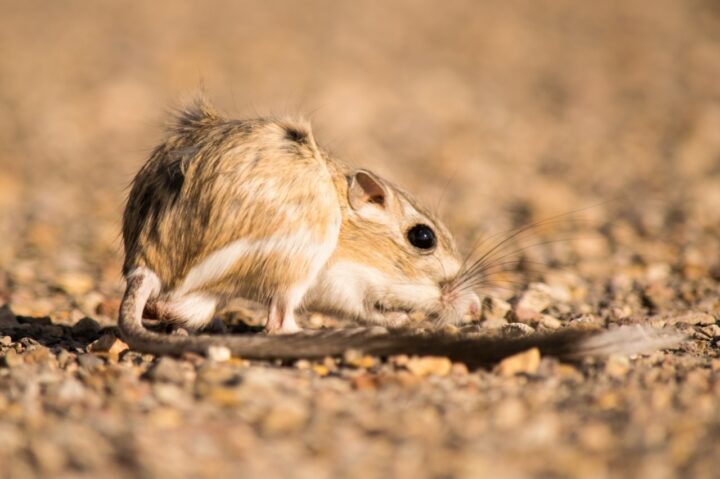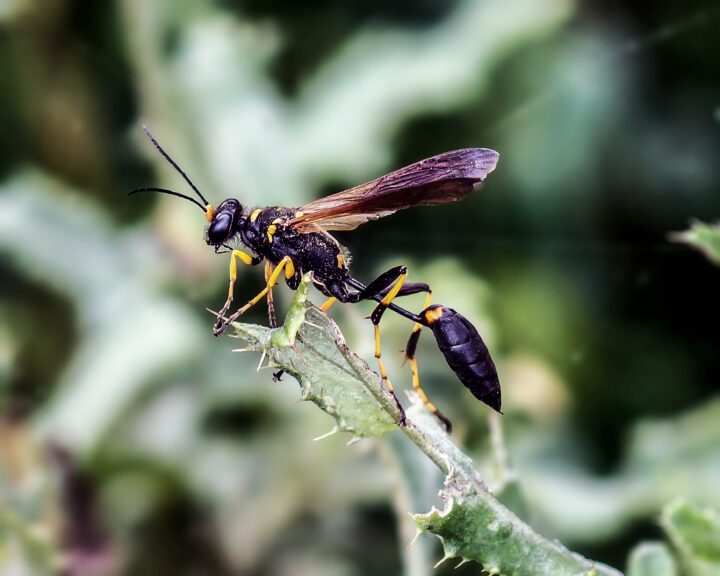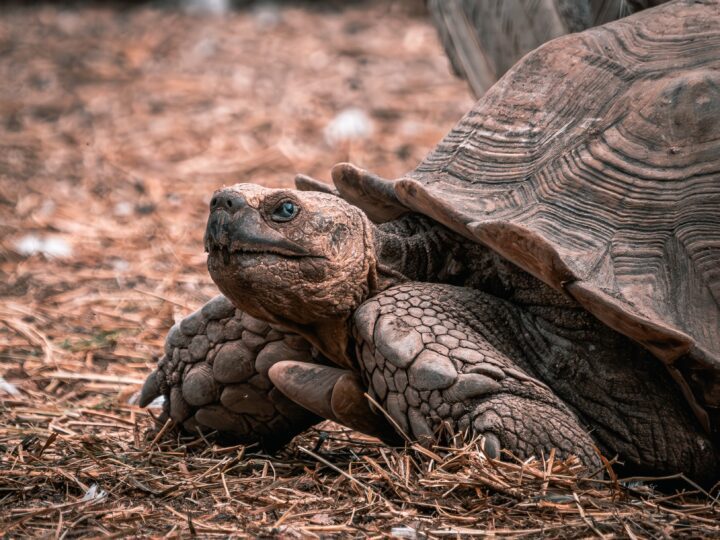Optimize Shape/Materials
Resources are limited and the simple act of retaining them requires resources, especially energy. Living systems must constantly balance the value of resources obtained with the costs of resources expended; failure to do so can result in death or prevent reproduction. Living systems therefore optimize, rather than maximize, resource use. Optimizing shape ultimately optimizes materials and energy. An example of such optimization can be seen in the dolphin’s body shape. It’s streamlined to reduce drag in the water due to an optimal ratio of length to diameter, as well as features on its surface that lie flat, reducing turbulence.
Modify Material Characteristics
The materials found in living systems are variable, yet often made from the same basic building blocks. For example, all insect exoskeletons consist of a material called chitin. Because material resources are limited, each material within or used by a given living system must frequently serve multiple purposes. Therefore, living systems have strategies to modify materials’ softness, flexibility, and other characteristics. To ensure survival, the benefits of these modifications must outweigh the living system’s energy and material expenditure to generate them. For example, spiders store the liquid components of spider silk in a gland, converting them into silk thread when needed. Some threads have different characteristics, such as elasticity and UV reflectance, than others.
Modify Light/Color
Color in living systems comes from pigments and the interaction of light with surfaces. Color serves many purposes for living systems, such as attracting prey or mates, providing warnings, or protecting through camouflage. To create the effects needed for each purpose, living systems must control the expression or visibility of pigments and the interactions (such as reflectance and refraction) of light. To do so, they have strategies that modify color or light to increase or decrease the color’s position, intensity, opacity, and more. Male hummingbirds, for example, have brightly colored feather patches on their throats; the coloring comes from pigments, structures that refract light, or a combination of the two. When a male hummingbird hovers near a potential mate, it modifies the angle of these feathers to create a bright, colorful display. However, when it needs to mute the colors to reduce conspicuousness, such as to avoid a predator, it modifies the angle again.
Physically Assemble Structure
Living systems use physical materials to create structures to serve as protection, insulation, and other purposes. These structures can be internal (within or attached to the system itself), such as cell membranes, shells, and fur. They can also be external (detached), such as nests, burrows, cocoons, or webs. Because physical materials are limited and the energy required to gather and create new structures is costly, living systems must use both conservatively. Therefore, they optimize the structures’ size, weight, and density. For example, weaver birds use two types of vegetation to create their nests: strong, a few stiff fibers and numerous thin fibers. Combined, they make a strong, yet flexible, nest. An example of an internal structure is a bird’s bone. The bone is comprised of a mineral matrix assembled to create strong cross-supports and a tubular outer surface filled with air to minimize weight.
Protect From Animals
Animals–organisms that range from microscopic to larger than a bus–embody a wide variety of harms to living systems, including other animals. They threaten through predation, herbivory, defense, and parasitism, and they compete for resources such as water, nutrients, and space. Any given living organism commonly faces threats from a variety of animals, requiring strategies that effectively defend from each. Trout and other bony fish, for example, escape predators by having scales made of very thin, flake-like pieces of bone covered with slippery mucus. They also have behavioral strategies such as camouflage, fast swimming, and twisting and turning to achieve release from a predator’s grip.





